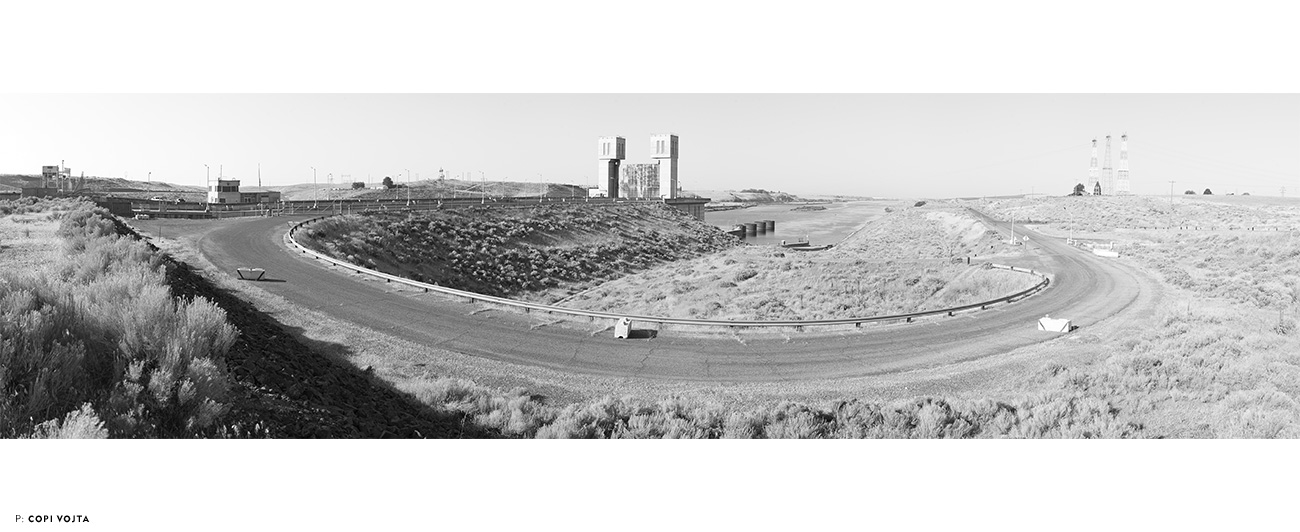Conservation
Snake River
ON BREACHING THE Snake River Dams
The Nez Perce call the river yáwwinma, meaning place of cold water. Non-Indigenous people refer to it as Rapid River.
It’s the only stream Congress ever designated a Wild and Scenic river exclusively because of its water quality. Even in August anglers wet-wading its headwaters suffer numb feet. The steep forested canyon and its rock formations block out the sun for much of the day, leaving the cold-water temperatures intact and the fish thriving. The rainbows come mostly in two sizes—small and smaller. I’ve never caught one over 10 inches, but unlike many rainbows elsewhere with their mongrel genetics, these little Columbia Basin redsides qualify as true natives with an immaculate pedigree stretching back to the end of the Miocene epoch, five million years ago. A few wild steelhead, genetically indistinguishable from the small resident trout, still return to spawn each year. Some fisheries biologists speculate, based on its V-shaped structure, that the upper yáwwinma may once have been primarily a steelhead stream. Salmon, they say, prefer flatter, more U-shaped river valleys like the lower river’s. Still, the true trophies in the upper river are the resident bull trout, a threatened species that averages 12 to 18 inches. Usually, some wild adult summer Chinook also slip past Rapid River Fish Hatchery, located about four miles above the confluence of yáwwinma and the Little Salmon River. Only the rugged and remote 27.8 miles of the roadless yáwwinma headwaters, accessible solely by trail, qualify as Wild and Scenic. And they are, indeed, spectacular.
